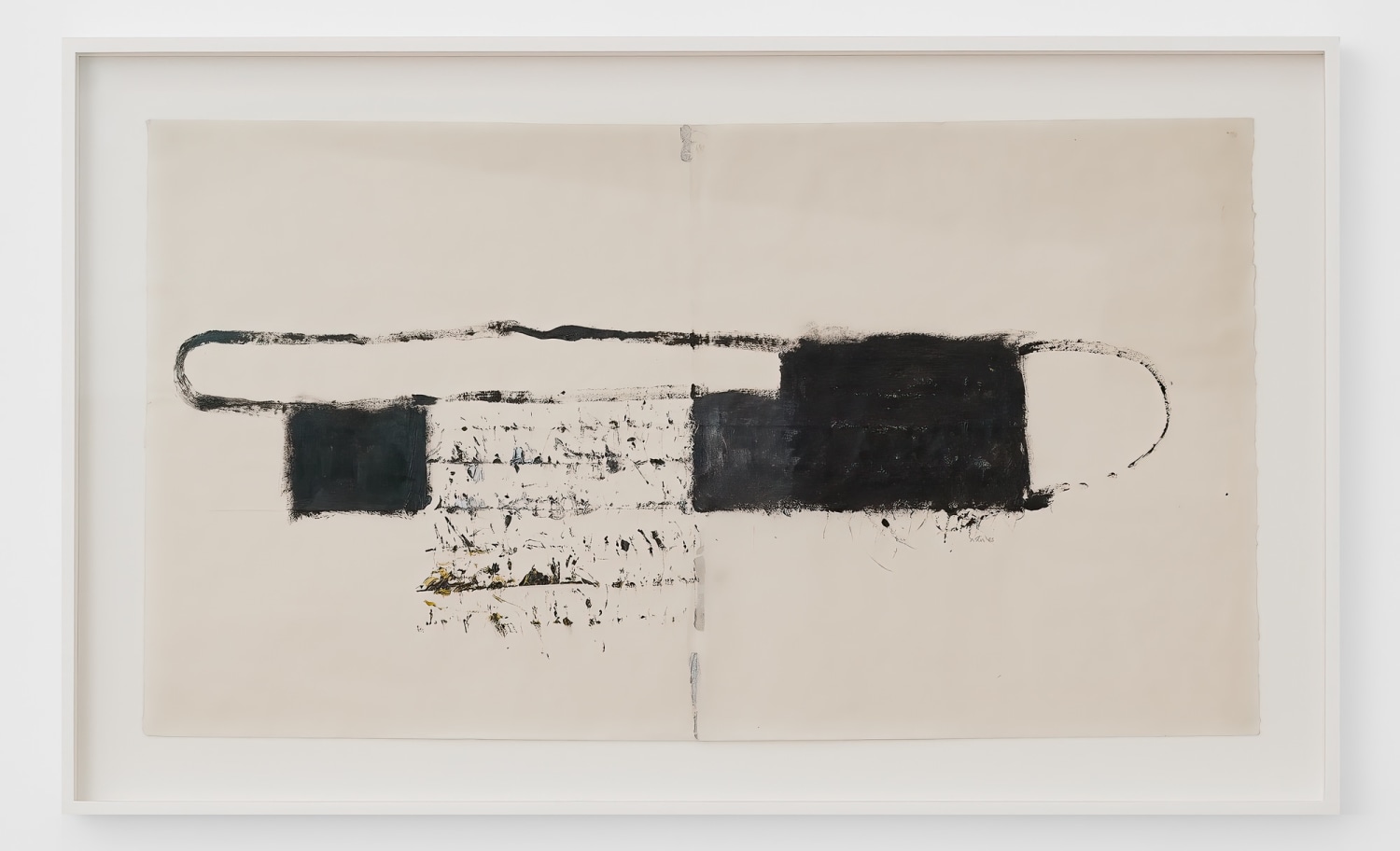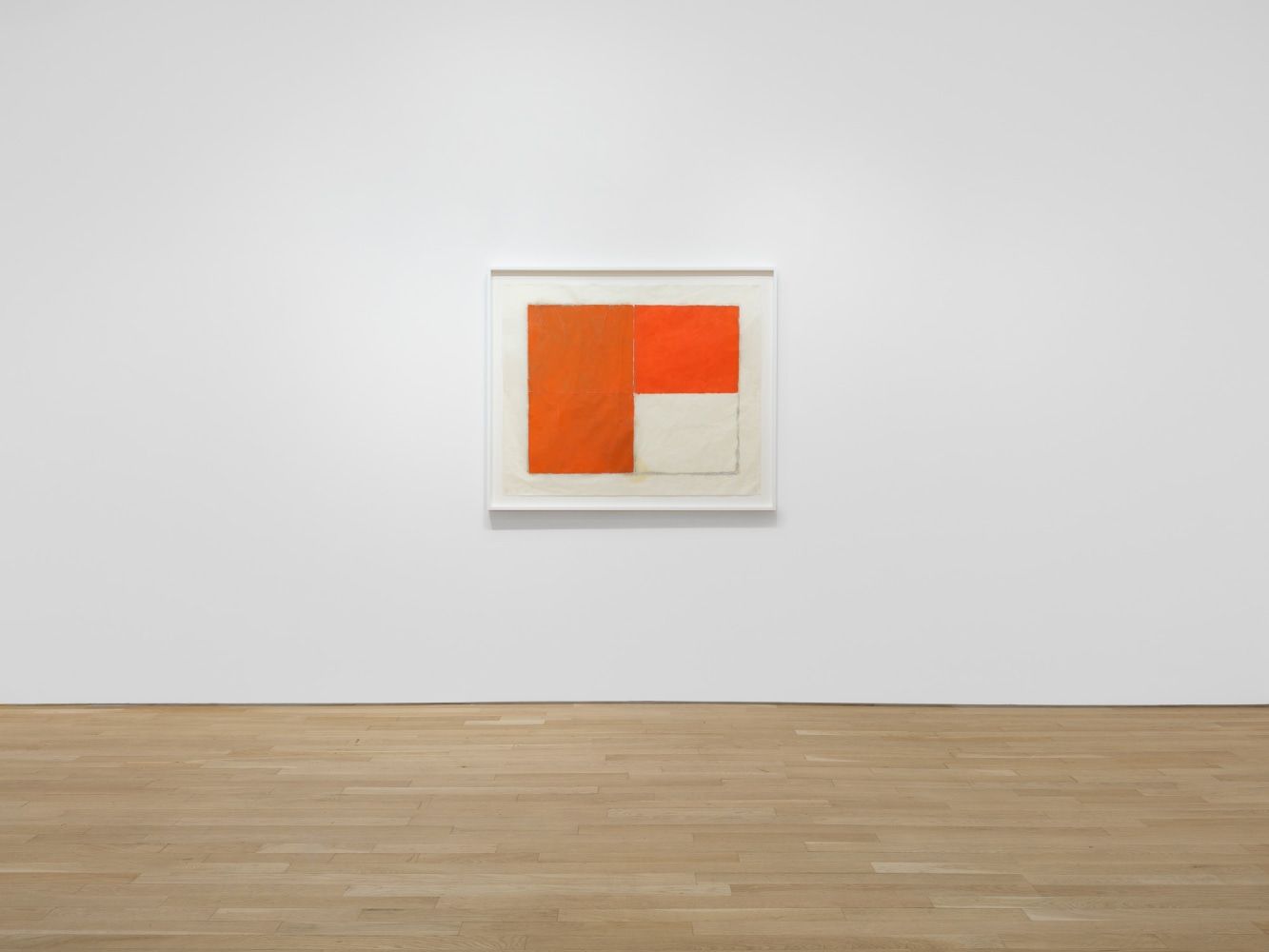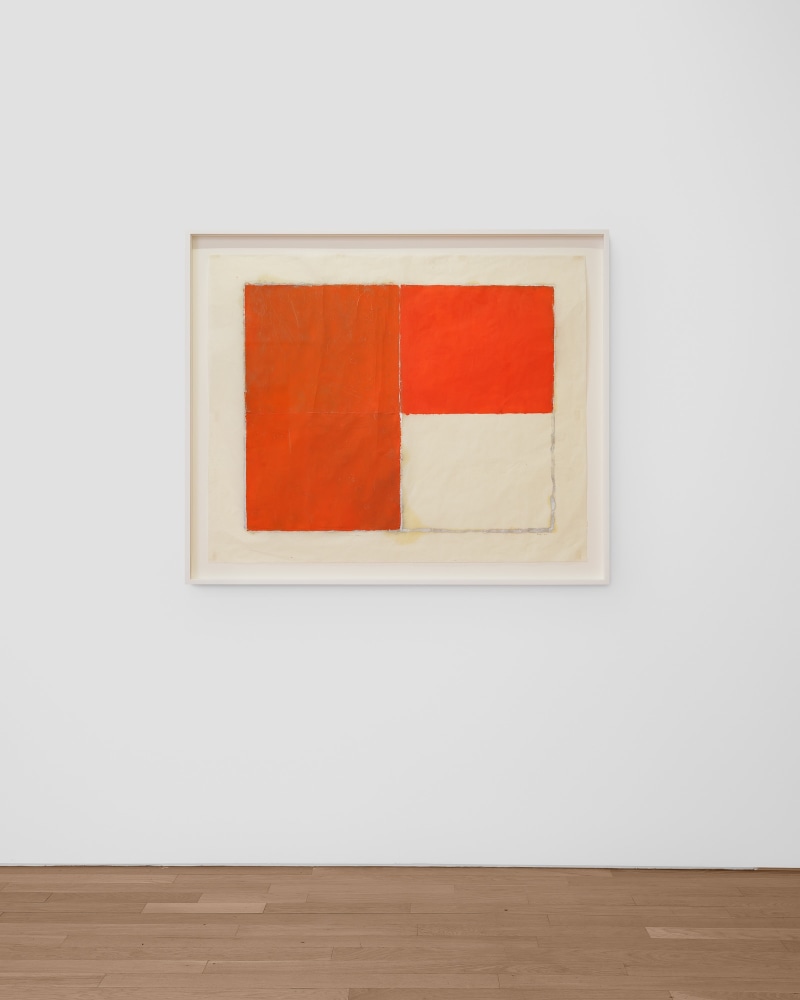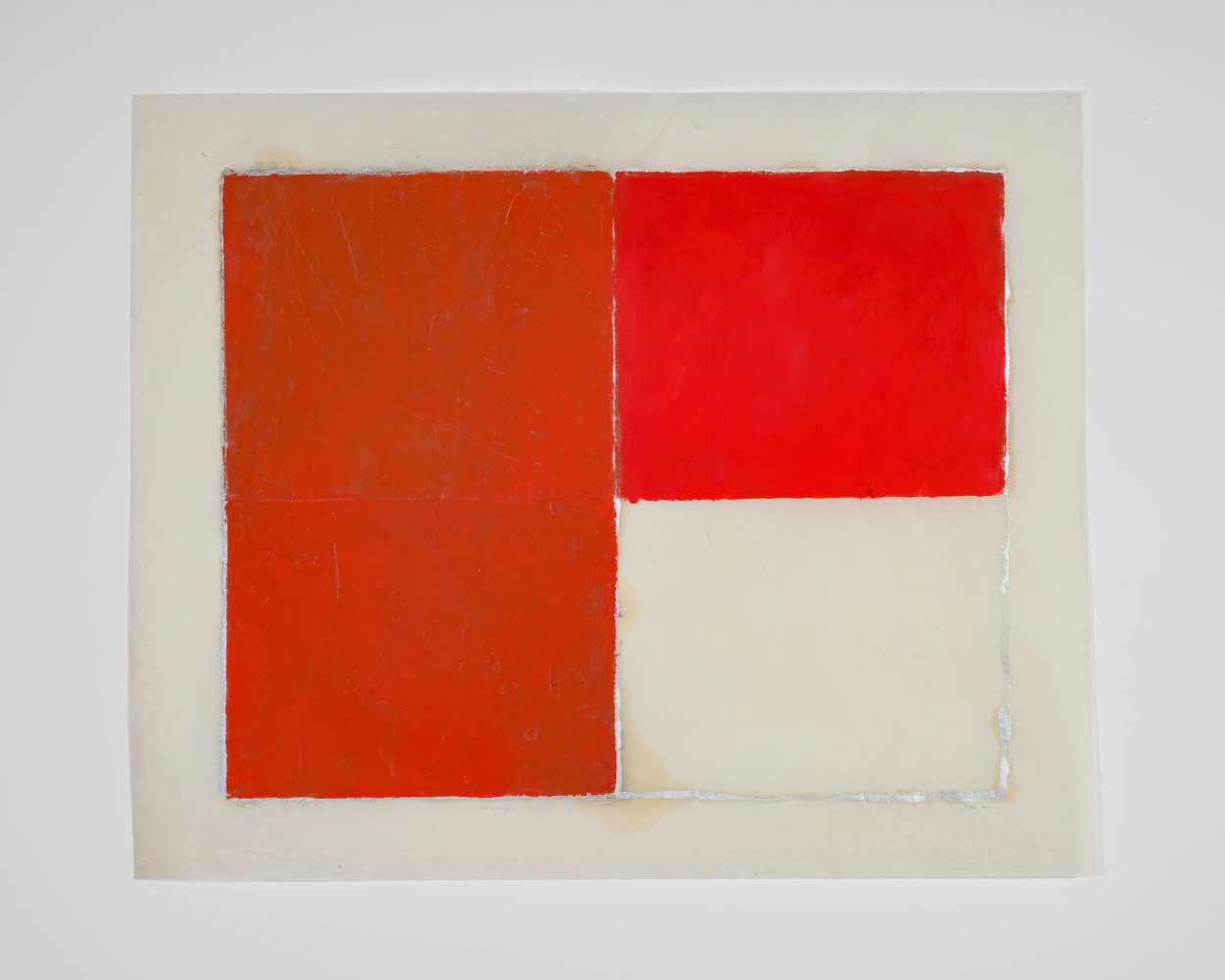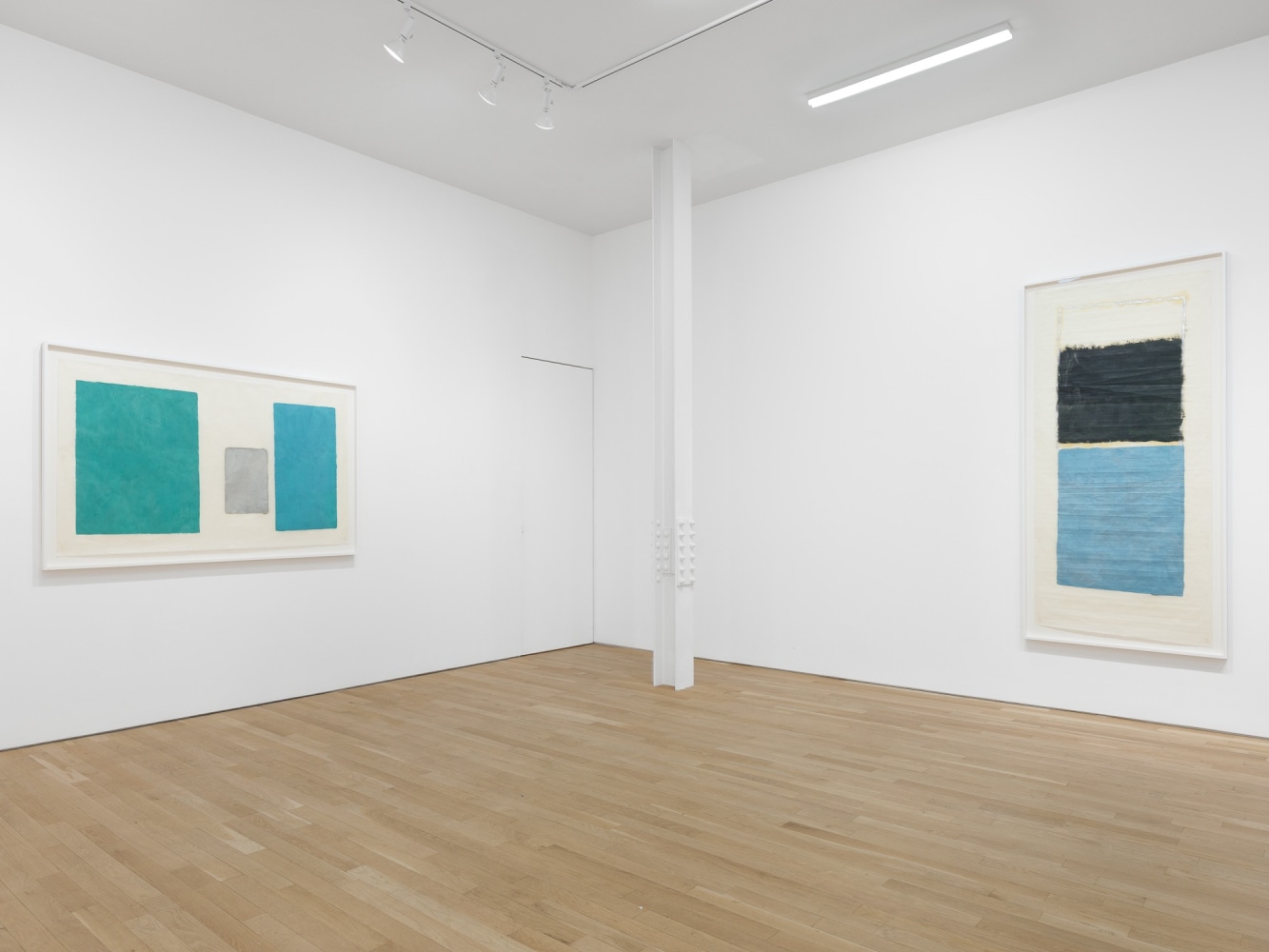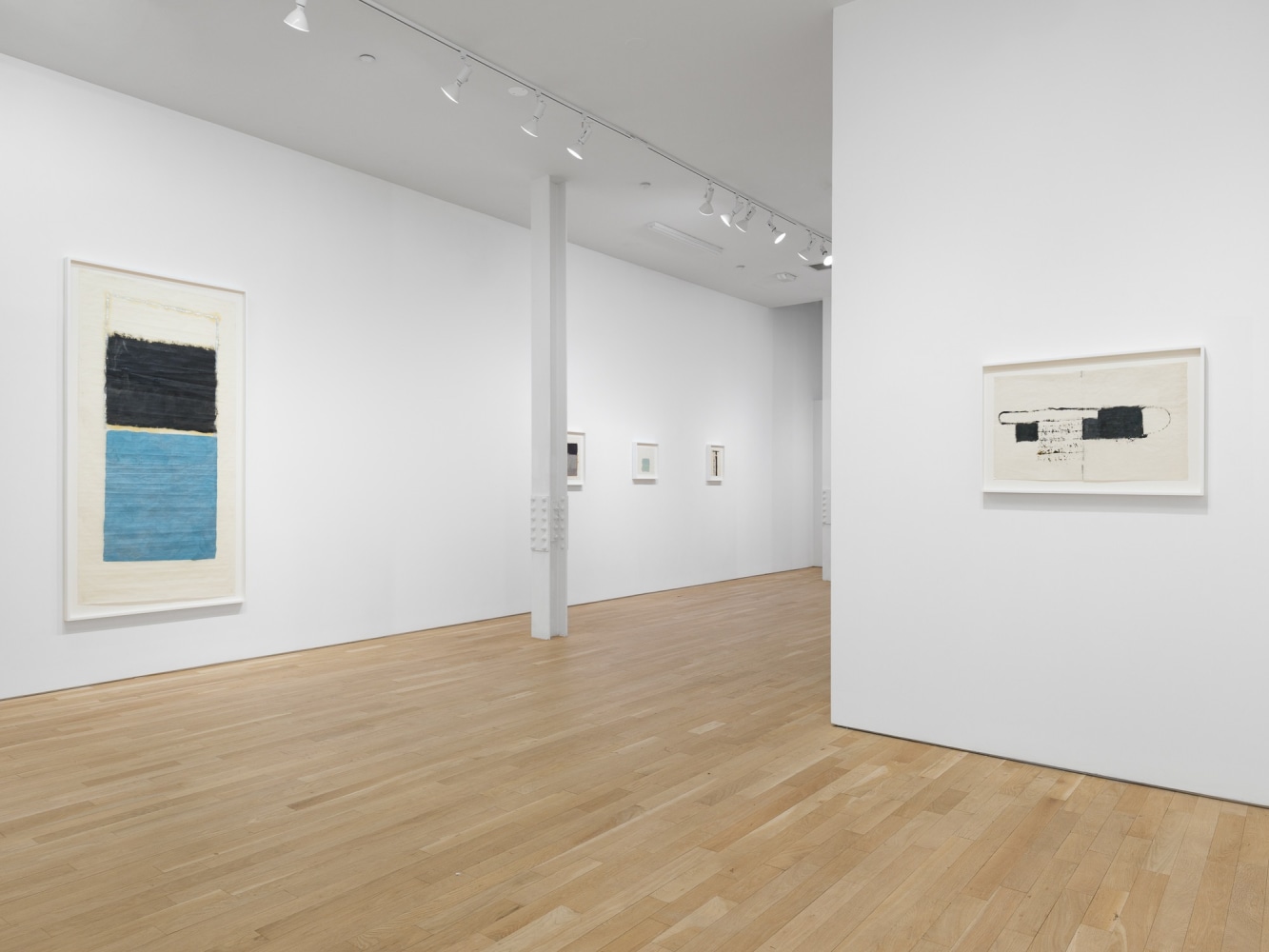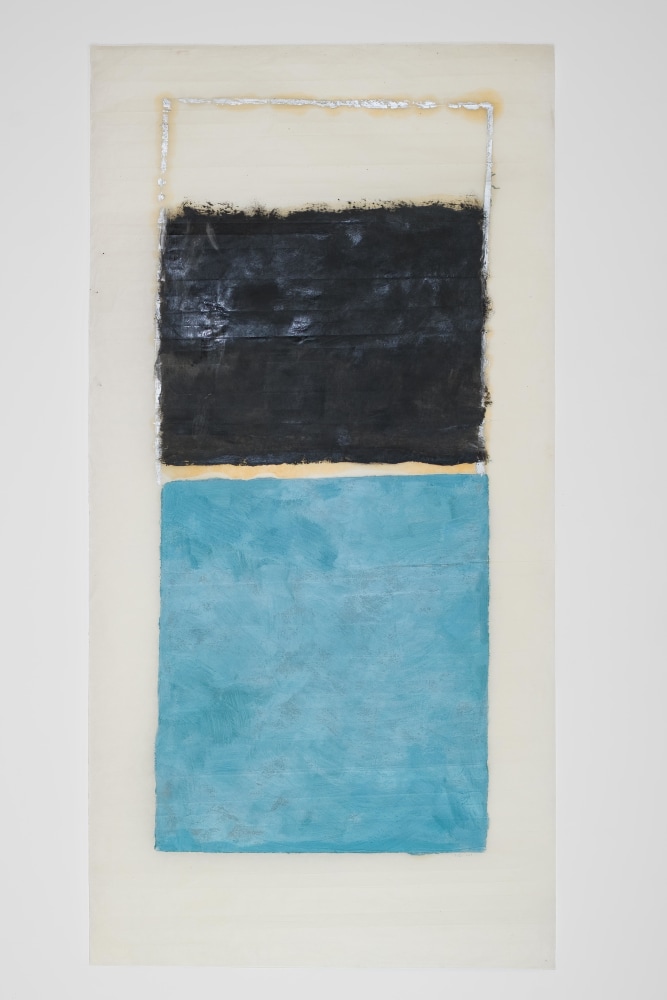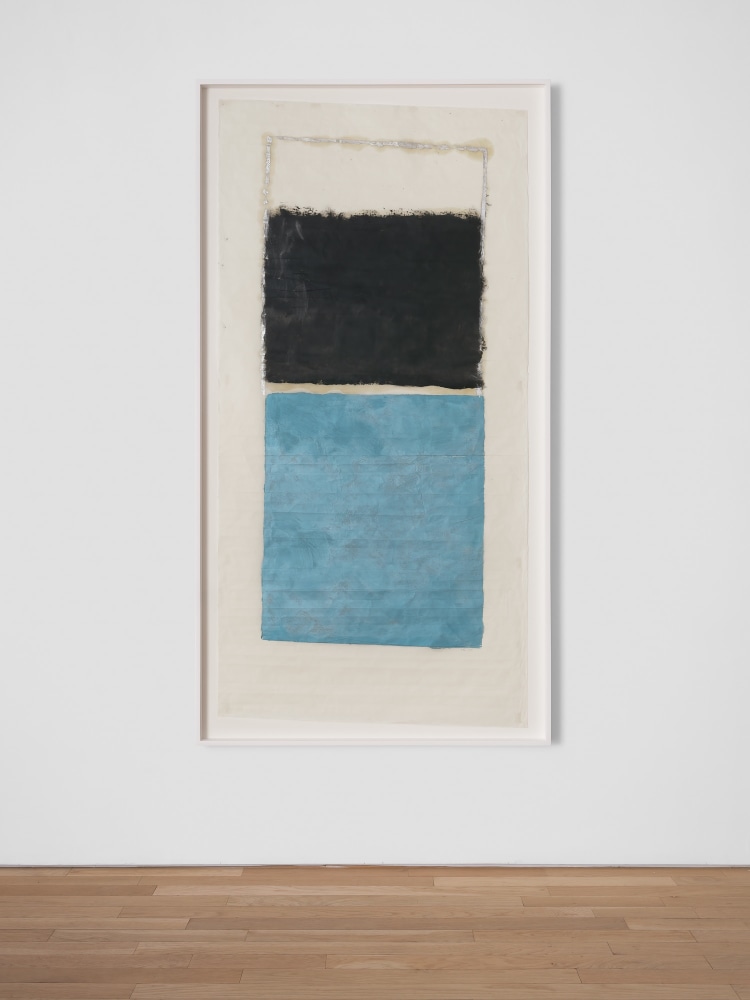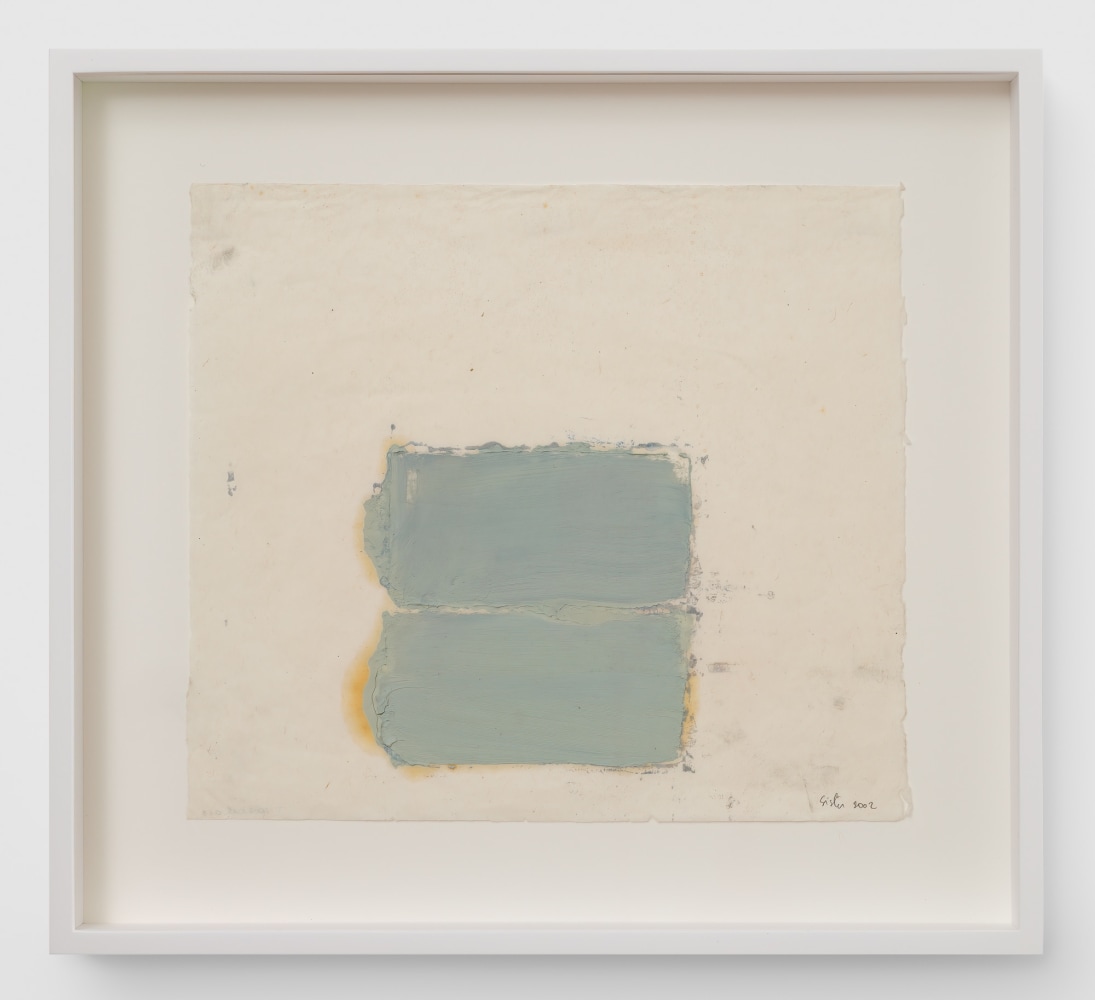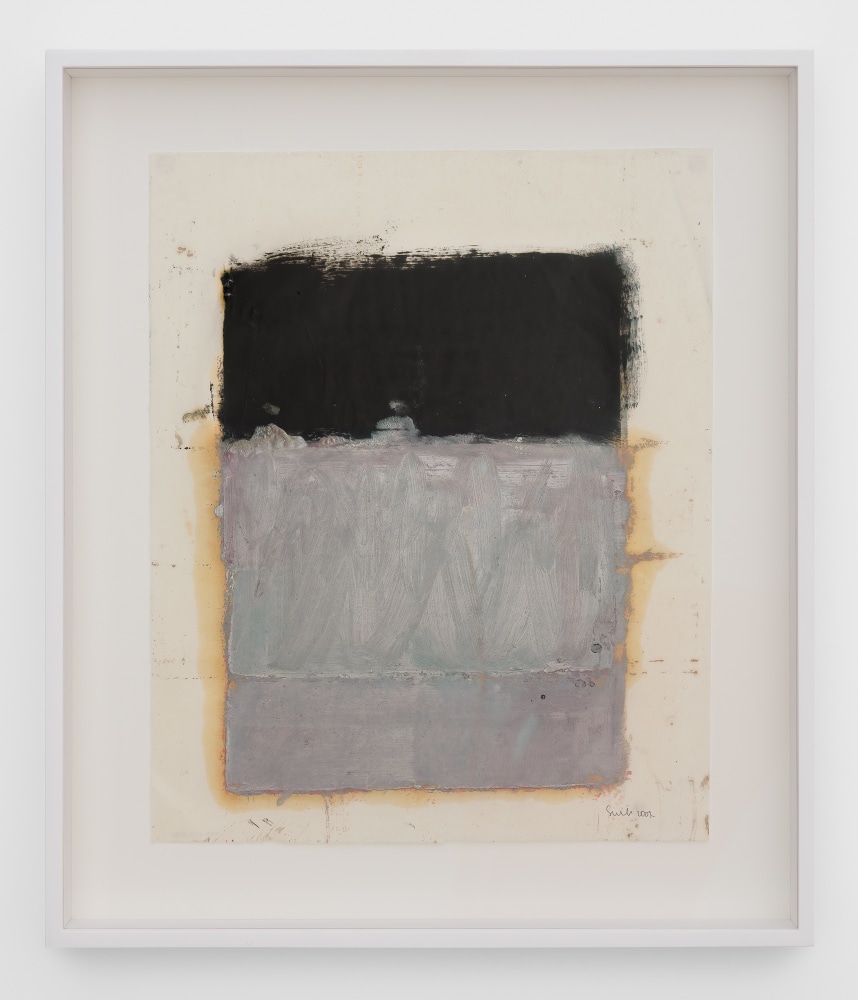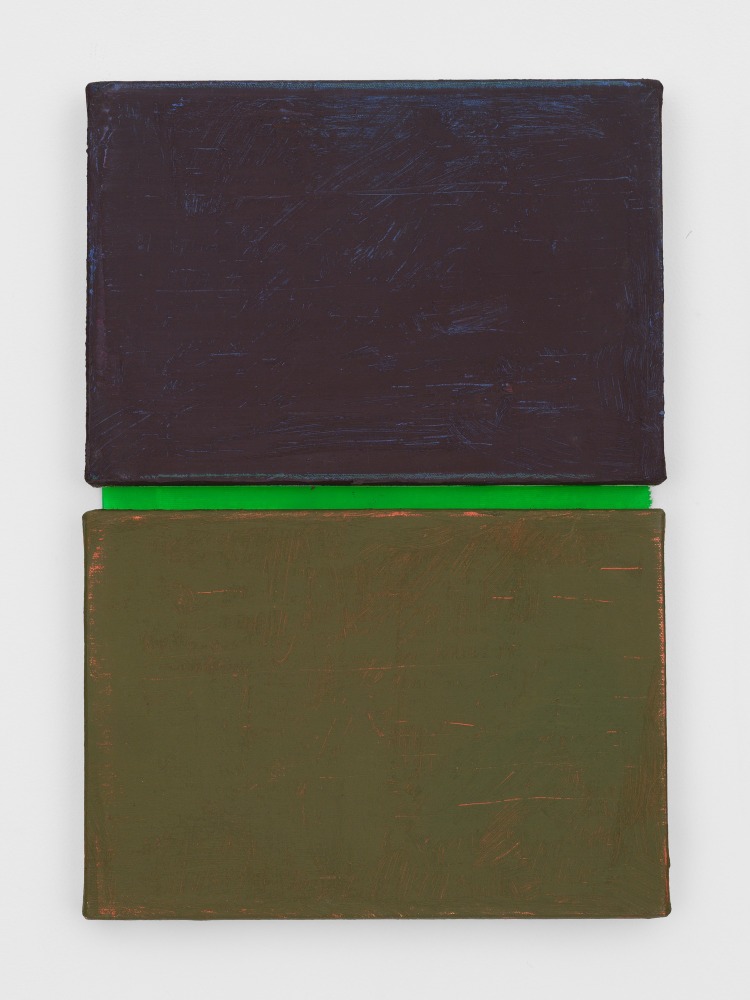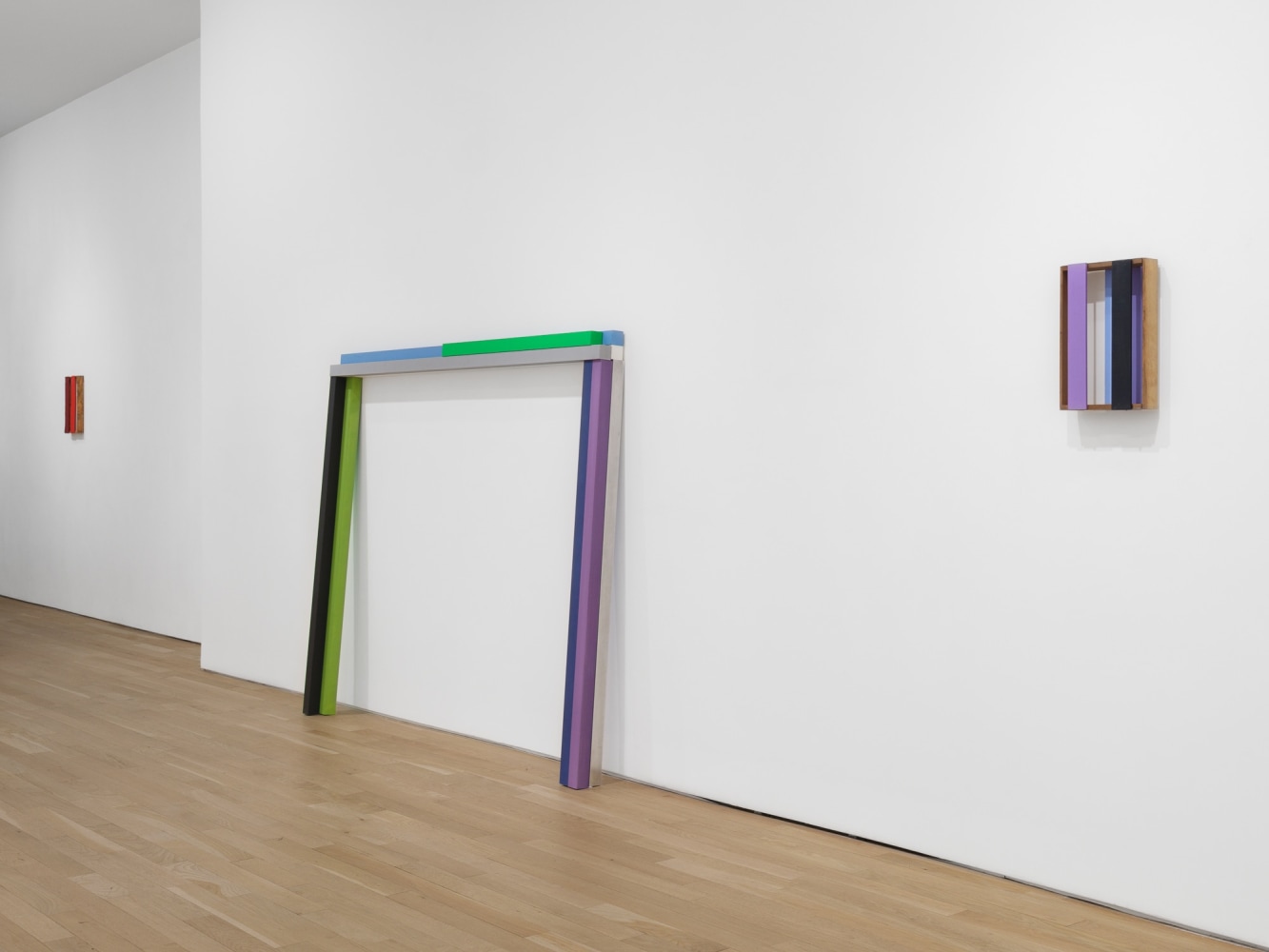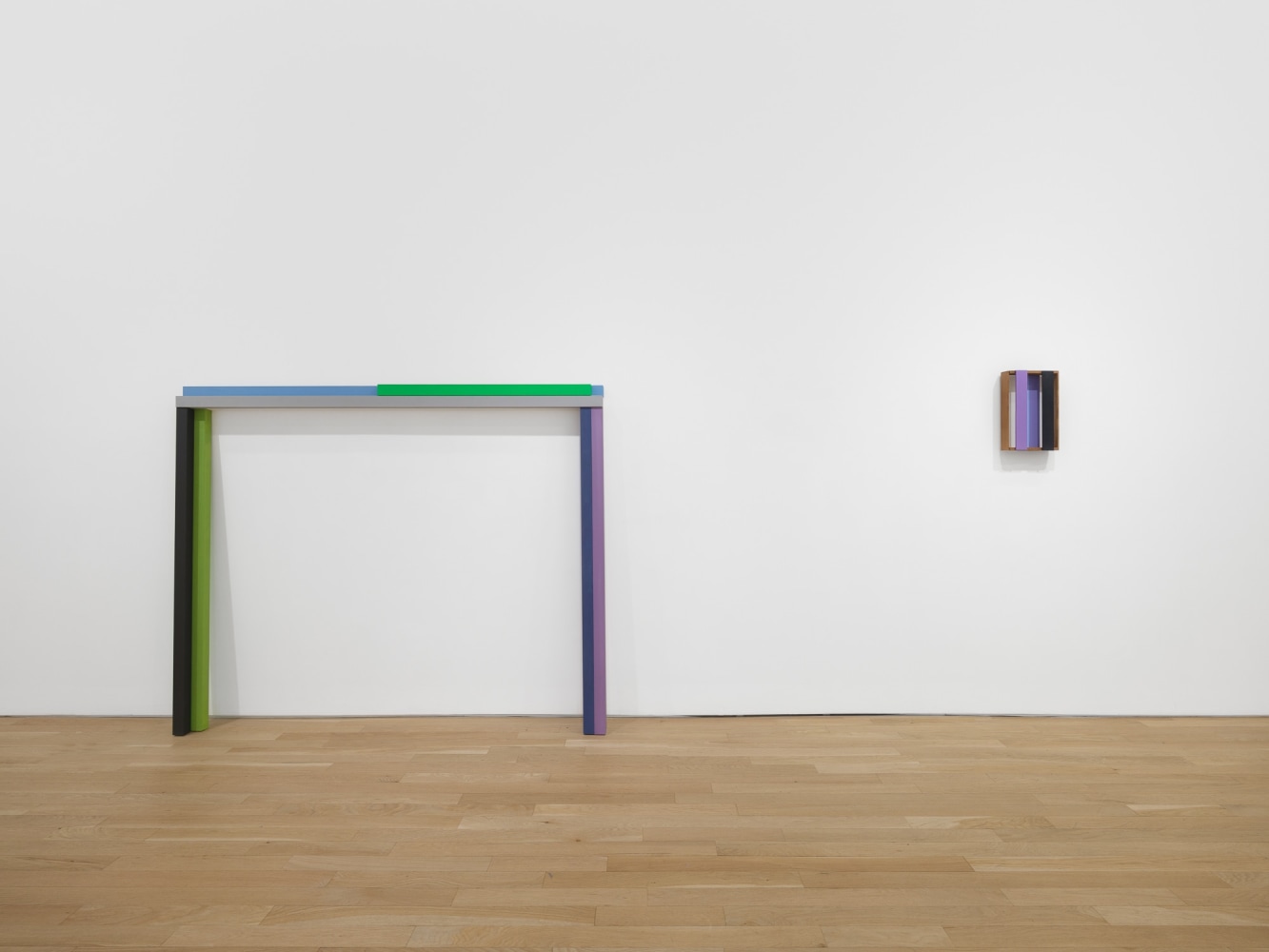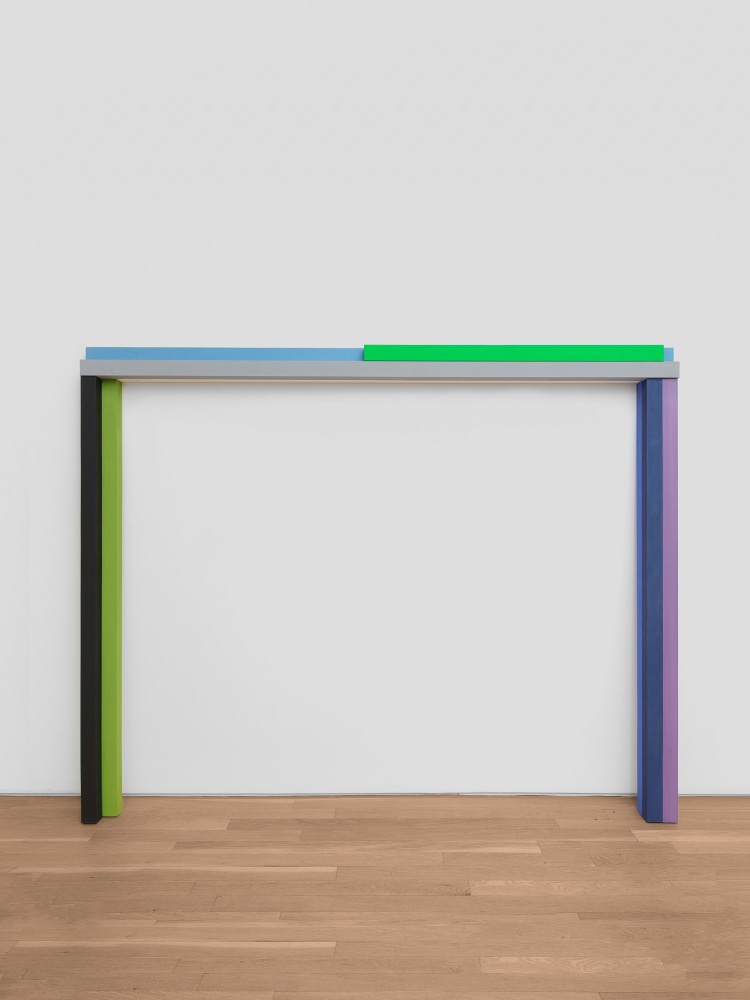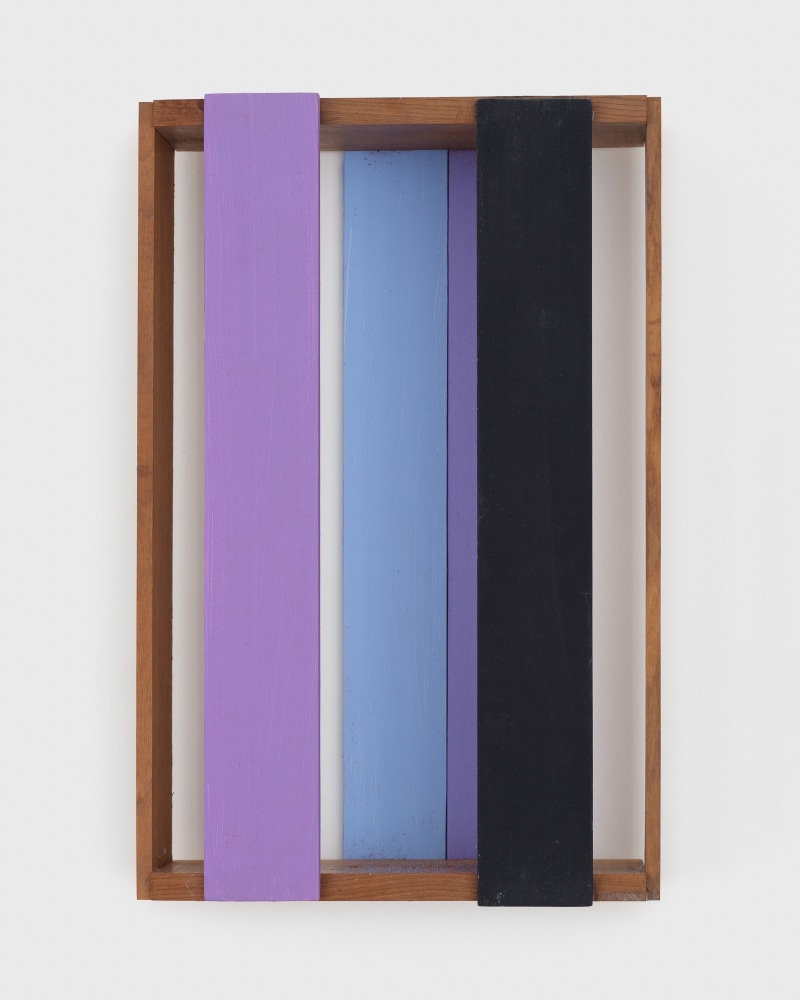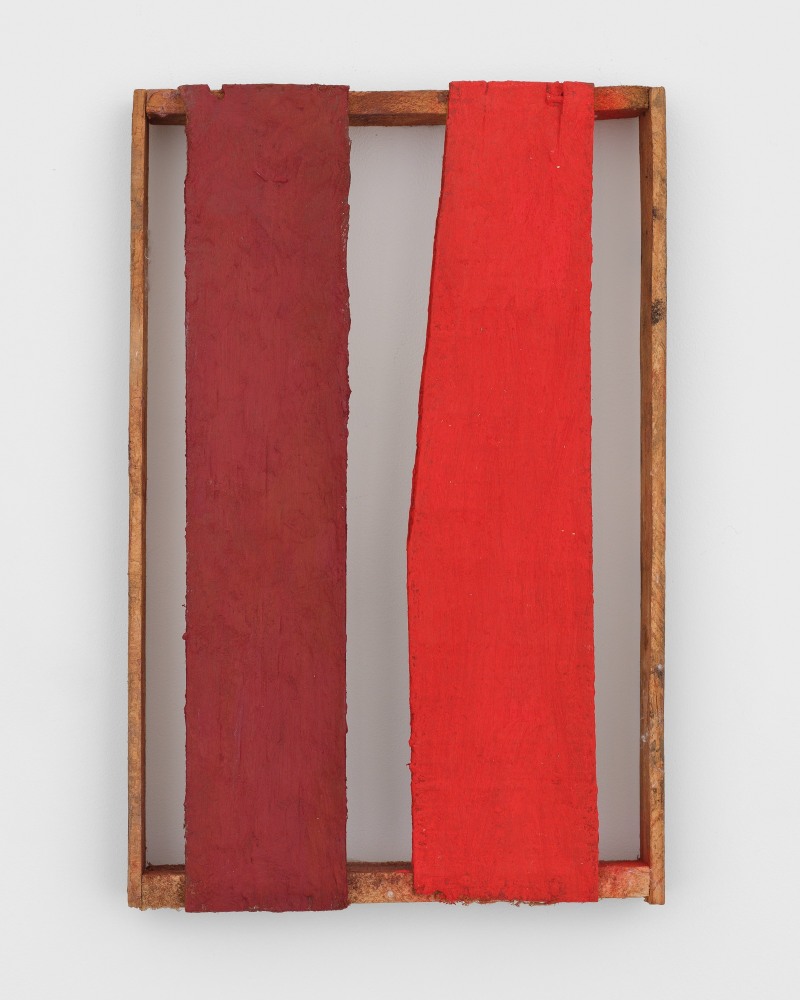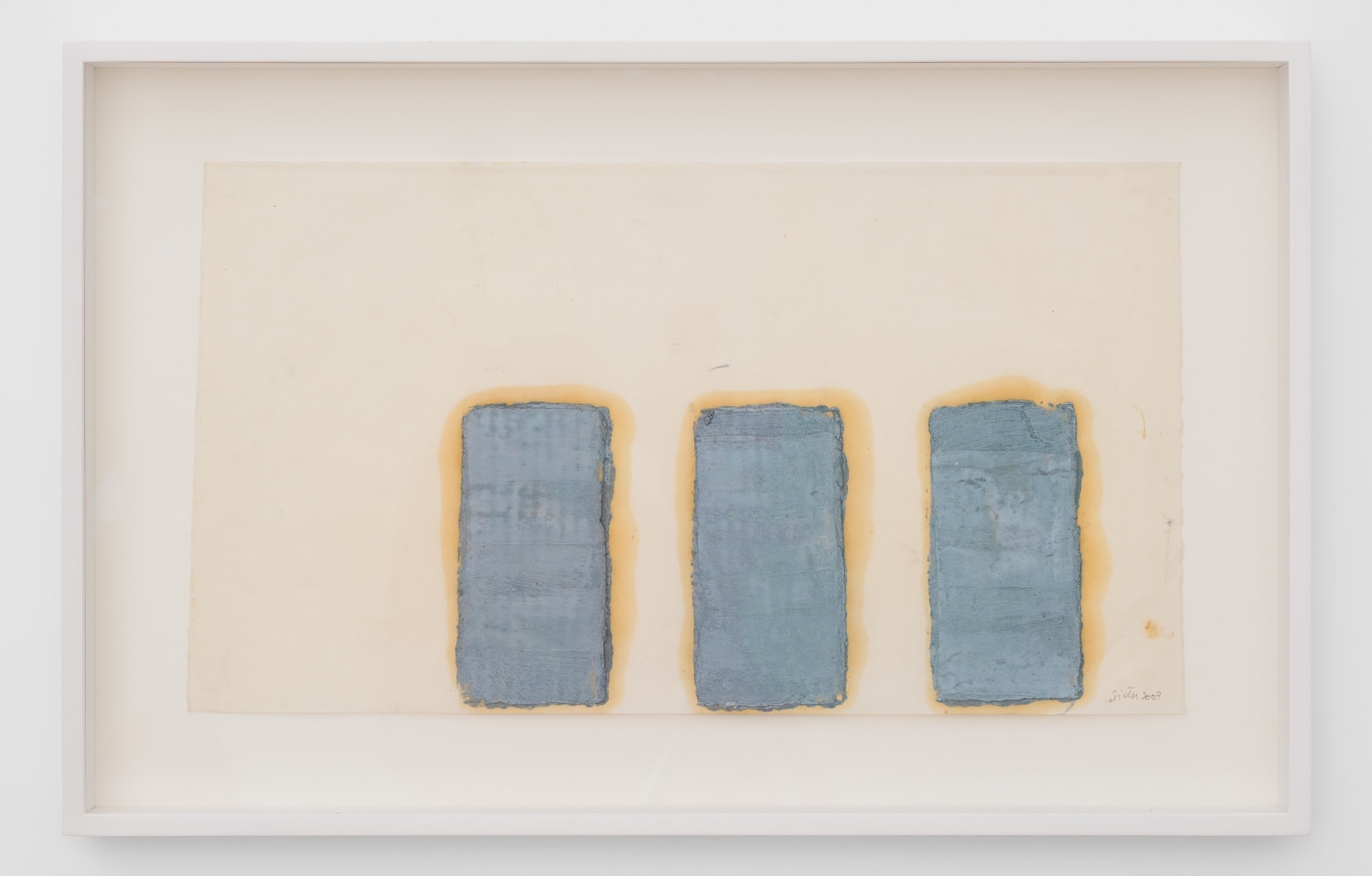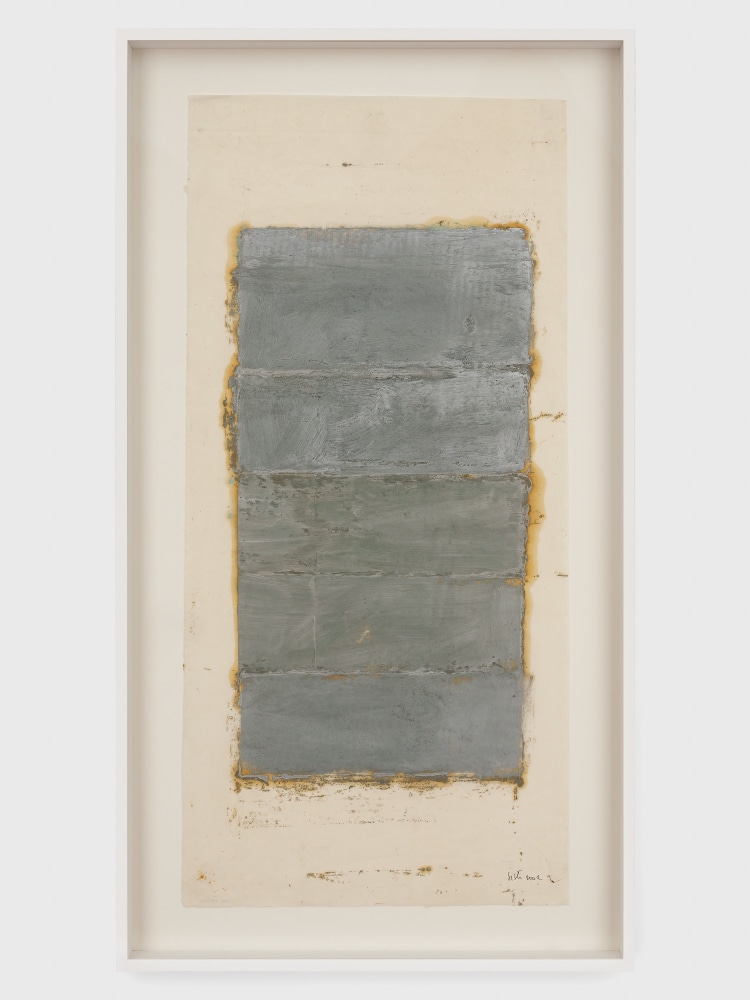Bienvenu Steinberg & J is pleased to present The Sister Papers, Sergio Sister’s fifth exhibition in New York. The show delves into Sister's extensive career with roots in abstraction and permutations of the ready-made. Sister's work can be viewed in the continuity of 1960’s American minimalism, European Arte Povera and the Brazilian Neo-Concrete movement. The exhibition will highlight a selection of paintings on paper from the late 1980s to today shown for the first time, and key works from different eras: one of the very first Caixas alongside a contemporary one, and a Pontalete (post).
The Caixas (or Caixinas) result from the artist's fortuitous encounter with a pile of discarded fruit boxes in a corner of his garage, in 1996. The found objects became the precarious supports for an ongoing painting investigation into color, space and light. In 2009, as wooden crates were gradually being replaced in Brazil by plastic ones, Sister commissioned a carpenter to replicate the structures out of denser wood. He then proceeded to alter their architecture, adding or removing painted and raw planks. The Caixas form a small ecosystem, in which the permutations of colors and shapes create endless visual possibilities or what the artist himself describes as "a coexistence of solidarity, with more differentiation and complexity." The Caixa embody the memories of the multicolored fruits they once housed.
Also resembling empty frames or stretchers of a larger scale, the Pontaletes are propped against the wall, they suggest passage and transition: windows, doorways, shipping containers. Pontalete #16, 2012, made of canvases stretched around aluminum posts, is reminiscent of a game of pick-up-sticks. The posts interconnect within a skillful play of tonal juxtapositions.
“I do not use circles because circumferences close unto themselves. Rectangles favor the constitution of bodies, in my case, of bodies of color” (Sergio Sister)
In Sister’s paintings, forms define an attitude, they reveal a character. The circumference - always looking onto itself - is too selfish but the rectangle opens the field for a dialogue, it expands, duplicates and stretches into a rhythm of vibrations and silences. Sister approaches color in the same way that he confers geometry and personality. Just like a humidity indicator card changes color with the level of moisture, Sister demands his colors to carry out a main function: to capture and reveal the most fleeting emotions.
"Painting on paper has been for me a way of free experimentation. I started using Kozo, a very sensitive and resilient mulberry paper, in the late 1980s. An artist friend of mine was coming back from Japan and gifted a bunch of it to me. Kozo is very thin and light, but it can handle the weight of oil, wax or mica paint, and it has great archival qualities. Mira Schendel has used it for one of the most beautiful series in art history."
Color reacts with the paper and expands autonomously changing in tone, temperature and intensity; it quiets down when it outlines a square or a rectangle. It seems to emerge from the paper, seeping onto the surface by osmosis, like coffee passing slowly through a filter or infusing a sugar cube. The separation of the oil and the pigment seems to be a decision made by the paper itself, a contact reaction. The color surfaces from the very depths of the paper; a bit like when one’s cheeks get flushed from joy, laughter or shame, or from the cold outside.
Sister rarely uses colors straight out of the tube, sometimes he adds wax or metal powder and models the paint until the surface absorbs and reflects light simultaneously in minute dislocations. Opaque, sometimes milky, the paintings are paradoxically luminous. "Nothing is easily identifiable. Relationships prove more complicated. The artist seeks a way for delicate materials to coexist in a civil manner despite irreconcilable differences. He achieves that without pacifying or homogenizing them. Amid the sense of harshness and scant rationality that grips society in Brazil and the world, maybe this is all that is needed” (Rodrigo Naves).
Sérgio Sister was born in São Paulo in 1948, where he currently lives and works. In the 1960’s, He studied painting at the Armando Álvares Penteado Foundation, in São Paulo. He undertook graduate studies in social sciences and post-graduate studies in political science at the University of São Paulo. In 1970, he was arrested for militancy against the military regime, was subjected to torture and then detained for 19 months at the Tiradentes Prison in São Paulo. While in jail, Sister attended painting workshops. In 2002, the monograph Sérgio Sister was published by the editions Casa da imagem, with essays by Alberto Tassinari, Lorenzo Mammì and Rodrigo Naves. Sister was featured in the 9th and 25th editions of Bienal de São Paulo, Brazil (1967, 2002). His work has been shown extensively throughout Brazil and Europe and is included in major public collections such as the Museu de Arte Moderna, Sao Paolo; The Pinacoteca do Estado, São Paulo; Museu de Arte Moderna, Rio de Janeiro; Centre Pompidou, Musee national d’art moderne, Paris; Pinault Collection, Paris.


